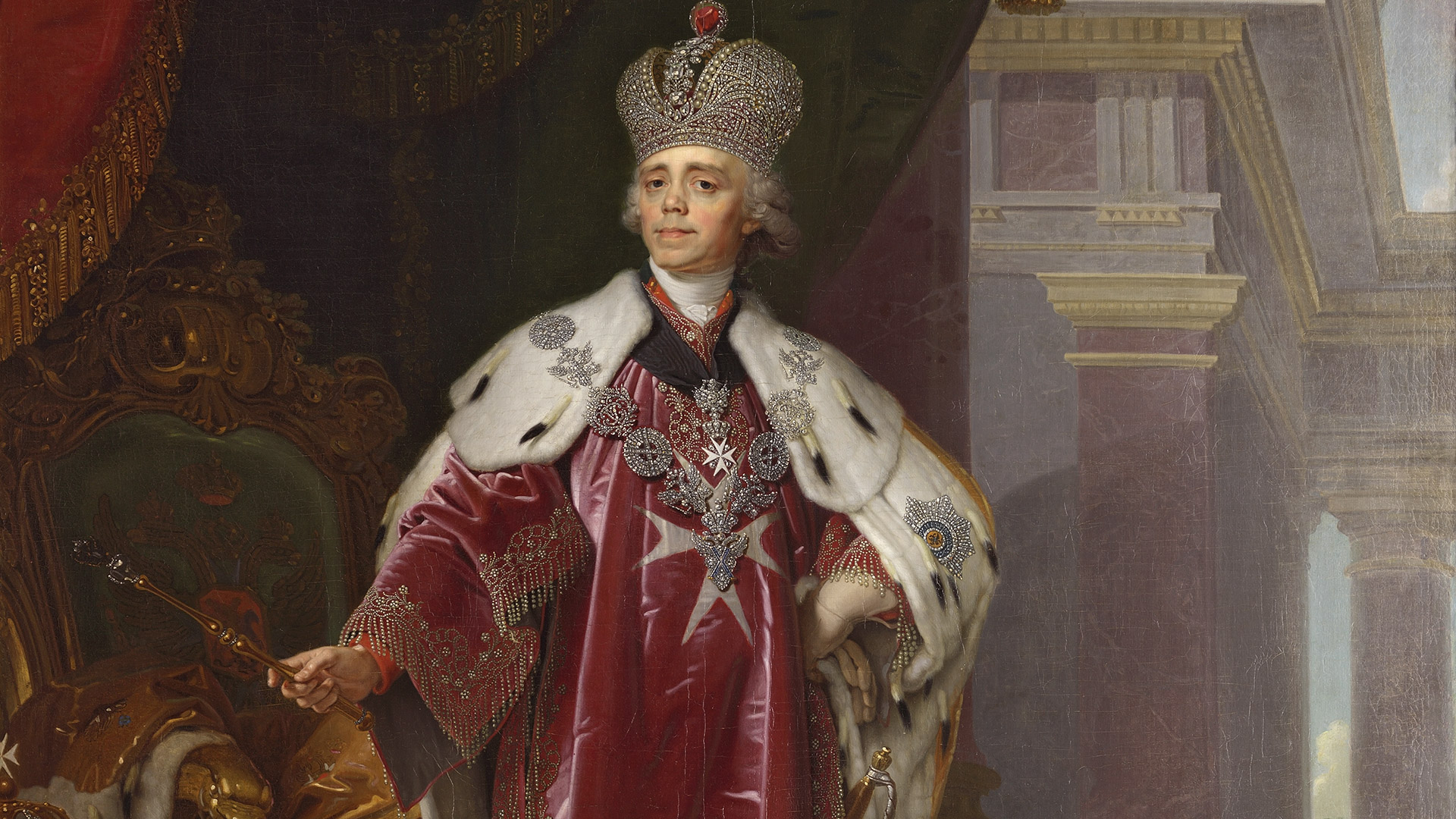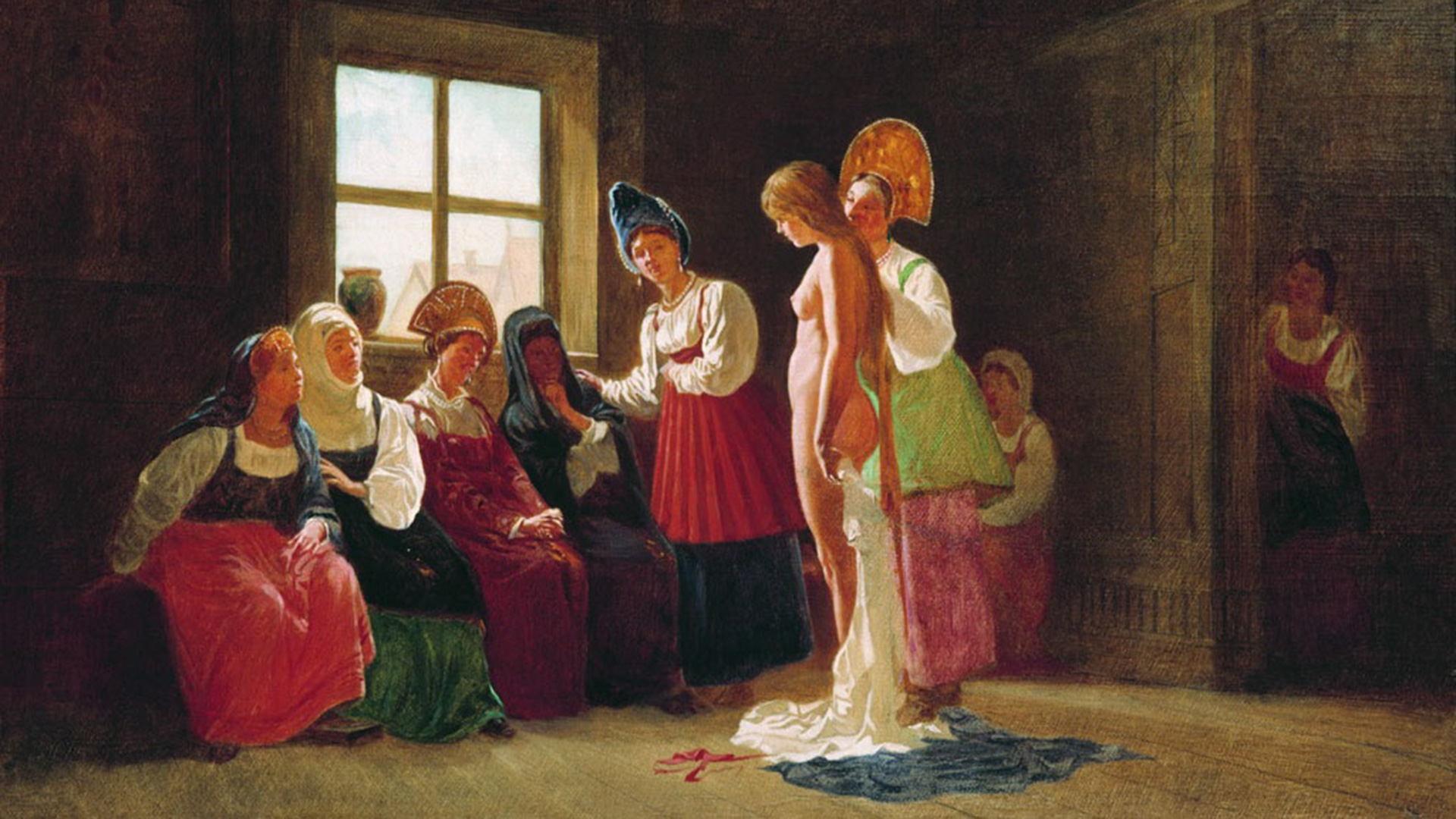
What bird-related omens were known in Russia?

1. Hens

Fortune-telling with hens was the most popular kind – these birds were in almost every yard. On New Year’s Eve, a bowl of grain was placed in front of the hen: if it pecked it all, the year would be fruitful, if it did not touch it, it meant trouble.
For a more complicated fortune-telling that could “tell” a girl what her husband would be like, a circle was drawn on the floor with chalk in a room with curtained windows. Three bowls: a bowl of water, a bowl of nails and a bowl of coins or jewelry, were placed inside the circle beside a mirror. Girls took turns going to the henhouse, choosing a hen in the dark, carrying it into the room and letting it out. If the hen went to the water – her groom would be a drunkard, the nails – a hard worker, the jewelry – a rich man; if the hen was interested in the mirror – the spouse would be self-loving and snobbish. A hen that began to panic and thrash around foretold a hard life with their future husband. But, some girls could not get a hen out of the henhouse at all – it would break out instead. This meant that they were not destined to marry next year. And, finally, if, instead of a hen, a girl brought in a rooster, her future husband would marry her in a second marriage.
The rooster had a special place in fortune-telling – it was considered a valuable and fortunate bird, because the morning cry of a rooster "drives away the devils". That is why the unfortunate rooster was sacrificed when building ovines and water mills. And the worst omen of bad luck was ‘kuroklik’ (‘hen scream’) – when hens started not to cluck, but to sing and shout like a rooster.
2. Magpie

Magpies, because of their noisy behavior, were considered birds of misfortune associated with witchcraft. A meeting with a lonely magpie portended misfortune, a magpie flying overhead or a magpie sitting on a roof ridge – the death of a family member. On the contrary, meeting two or more magpies at the same time (which is very rare) – would signify happiness, wealth and a noisy feast.
3. Sparrow

It was believed among the common folk that sparrows brought the nails used to nail Jesus to the cross, for which they were cursed and doomed to walk by hopping. A sparrow knocking on a window or flying into a house is one of the bad omens that portend poverty, hardship and death.
4. Tit

The only bird whose visit to the house meant a holiday, good news or a feast. Tits are friendly and are not afraid to eat human food they could be fed, as it was believed that a tit knocking on the window was a sign of the imminent arrival of relatives or friends.
5. Raven

As in many European cultures, the raven in Russia was considered a bird of evil, a bird of sorcerers. But, the most feared thing was ‘voronogray’ (‘raven-cluck’) – when a raven screams during its flight. There were special folk magic incantations against this phenomenon, which was mentioned in the 19th century even in the Encyclopaedic Dictionary of Brockhaus and Ephron as a popular folk belief.
6. Pigeon

Pigeons, as well as swifts, were considered "messengers", through which the souls of the dead communicate with this world. But, if the visit of a swift was an omen for death, the visit of a pigeon is just a "hello" or a reminder from the other world – only if it did not smash itself dead on the door jamb or windowsill. Grains or crumbs were often left for pigeons on fresh grave stones – it was believed that by nibbling the treats, the pigeons helped the soul of the deceased to go to heaven more easily.
 The Holy Spirit as a dove
The Holy Spirit as a dove
We should also remember that the dove is the only bird "approved" by the Orthodox Church. It symbolizes the Holy Spirit, which is depicted as a white dove. Also, according to the Bible, it was a dove that brought Noah a branch of olive tree on board the Ark, which meant the proximity of the long-awaited land.
7. Cuckoo

It is impossible not to mention this bird, whose cries are connected with the most ancient fortune-telling for the number of years lived: when a cuckoo sings, one should ask how many years of life are left and count the cries. Fortunately, cuckoos, starting to sing, can do it for a very long time.
One forgotten, but very popular belief, was also connected with the cuckoo: one had to first find a cuckoo in the branches of a tree (by sound) and then notice on which twig it was sitting. If retrieved, this twig was considered a magical talisman and it was carried in the pocket as an amulet and for good luck during hunting.












